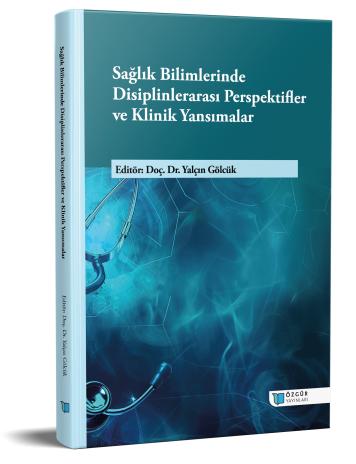
Empty Sella Syndrome
Chapter from the book:
Gölcük,
Y.
(ed.)
2025.
Interdisciplinary Perspectives and Clinical Reflections in Health Sciences.
Synopsis
Empty sella is an anatomical and radiological term used to describe the condition where the normal-sized or enlarged sella turcica cavity is partially or completely filled with cerebrospinal fluid, and the pituitary tissue is pushed towards the base and posterior of the sella turcica. It can be an incidental radiological finding that does not cause any symptoms, or it can become symptomatic in 1/3 of the cases. In the presence of headache, visual disturbances, endocrinological disorders, and spontaneous rhinorrhea, the term symptomatic empty sella syndrome is used. Empty sella syndrome is divided into primary and secondary. The primary empty sella syndrome is an idiopathic form and indicates that the empty sella appears independently of a previously treated pituitary tumor or pituitary lesion. In the pathogenesis of primary empty sella, mechanisms such as diaphragm sella insufficiency, idiopathic benign intracranial hypertension, arterial hypertension, and obesity are proposed. Magnetic resonance imaging has been validated as the gold standard in the radiological diagnosis of empty sella. In primary empty sella syndrome, symptomatic treatment is usually sufficient. In cases of progressive vision impairment and cerebrospinal fluid fistula, surgical intervention is required.

